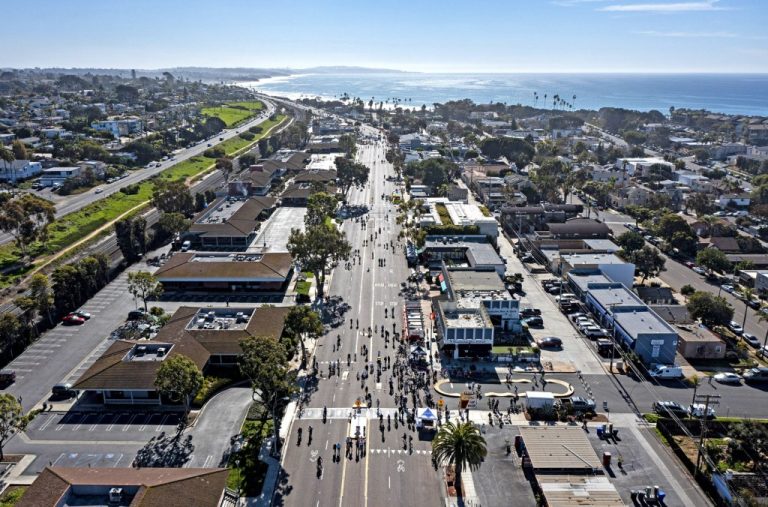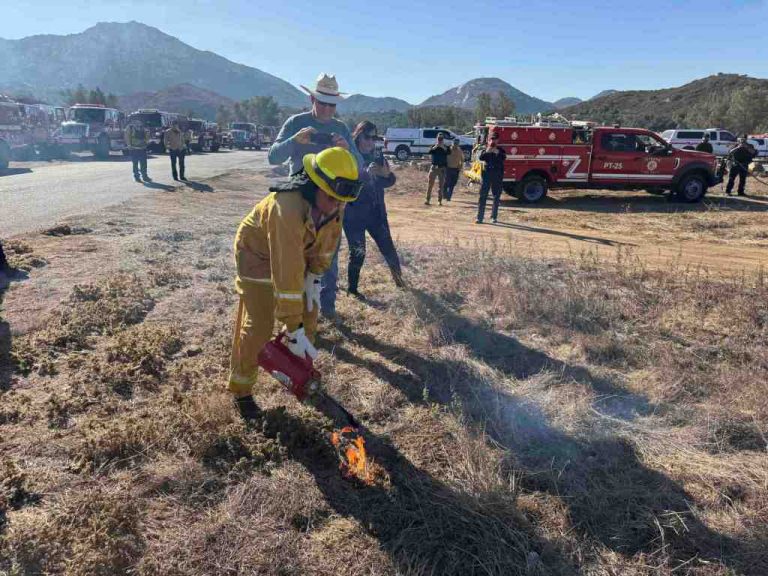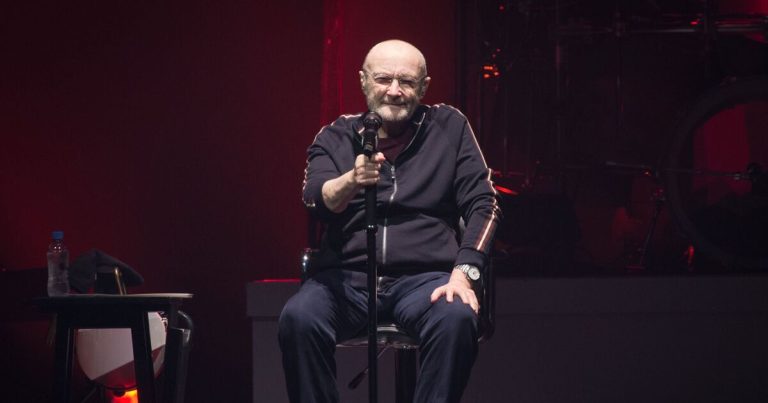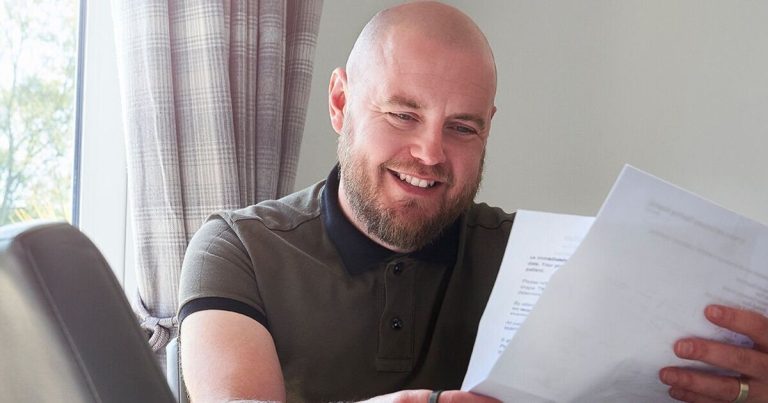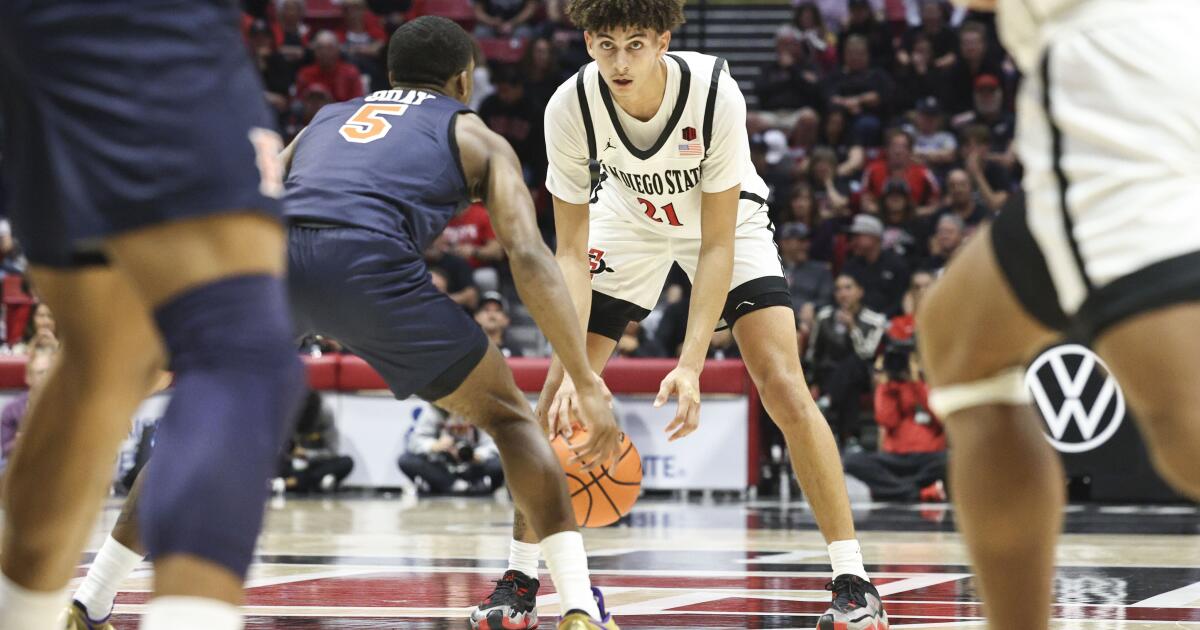

January 13.
That’s when San Diego State plays New Mexico at 5,100 feet, the first of five conference games above 4,500. That’s when SDSU has to find some sort of bench depth.
Coach Brian Dutcher currently is playing his bench just 24.3 percent of the time, which ranks 320th out of 362 Division I programs. Last season: 37.4 percent, which ranked 34th.
The 2022-23 minutes leader, Darrion Trammell, averaged 27.2 per game. Four guys are over that now — well over it: Lamont Butler at 29.8 minutes per game, Micah Parrish at 30.2, Reese Waters at 32.4 and Jaedon LeDee at 35.4 minutes.
Dutcher knows it. He admits it.
It’s too much for a team that likes to crank up the defense intensity and extend it 94 feet. It’s really too much at altitude, where the Aztecs’ secret in posting a 16-6 record over the previous five seasons in games above 4,500 feet has been shortening shifts and lengthening the bench. This season, the Aztesc are 0-1 at altitude and 4-0 everywhere else with five more games in high elevation during the Mountain West season.
Now they hit statistically the easiest three-game stretch in one of the nation’s toughest schedules, which relatively speaking still presents its challenges. It starts Saturday against Cal in a neutral-court event at JSerra High School in San Juan Capistrano (4 p.m., Mountain West Network), followed by Point Loma Nazarene at home Monday and Friday’s game at UC San Diego. That’s 187 in the Kenpom.com metric, a Division II team, and 205.
In other words: A chance, ideally, to get the bench more minutes.
“I’d like to play them more,” Dutcher said. “I’ve rolled with (the starters) a long, long time. Jaedon is going to play a lot of minutes this year, because he’s just that dangerous and that important to the team. But I’ve got to divide the minutes up.”
He does, because it’s not sustainable at altitude, as the 74-65 loss at BYU demonstrated. In the first eight minutes of each half, when the starters’ legs weren’t so wobbly, the Aztecs outscored the Cougars 33-19. In the final 12 minutes of each half: 55-32, Cougs.
Another reason: It’s not sustainable over a 31-game season, with the goal of being at your best in March. The Aztecs religiously stuck with a nine-man rotation last season, all averaging between 16 and 27.2 minutes, and the result was fresher legs in the NCAA Tournament.
But it’s one of those chicken/egg conundrums. You need minutes to be effective at this level. You can’t get minutes if you’re not effective.
The schedule hasn’t helped. The Aztecs have already faced three opponents in the top 75 of the Kenpom metric (BYU, Saint Mary’s, Washington), plus a Long Beach State team that has road wins at DePaul and Michigan.
Games are close. Dutcher sticks with his veterans.
LeDee was the breakout star of the Continental Tire Main Event in Las Vegas last week, garnering four national player of the week awards after his 37-point, 17-rebound performance in the 100-97 overtime win against Washington in the championship game. But the bench quietly showed improvement — a few blades of grass poking out of the permafrost – after being practically nonexistent a week earlier.
After scoring seven, nine and eight points in the first three games – last season’s bench never was in single digits — the bench contributed 12 and 15 in Las Vegas.
The positive moments increased as well. Freshman Miles Heide had three rebounds (two offensive) and a block in just six minutes against Washington. Sophomore Miles Byrd, after missing two games with a hip issue, had a big 3 to halt a Huskies comeback. Campbell transfer Jay Pal had five points in eight minutes and helped break the Huskies’ zone with good work at the high post.
Darrion Trammell, a starter last year who missed the final month of preseason practice with a shoulder injury, continues to progress. The Aztecs were minus-19 points with him on the floor against BYU … and plus-18 a week later against Saint Mary’s.
And Demarshay Johnson Jr., SDSU’s most athletic big, has missed four straight games after dislocating his shoulder in the opener but returned to practice this week. He’s expected to be available against Cal and 6-foot-11 post Fardaws Aimaq.
“They’re growing in confidence, they’re getting better,” Dutcher said. “They usually say a transfer or a new player takes half a year to get things figured out. We’re approaching that point, where everybody should be up to speed. … That’s why I’m encouraged. I think we’ll get better as a team as these guys get more valuable minutes, the bench gets more valuable minutes and they play more together.”
Saint Mary’s coach Randy Bennett concurs.
“They’re pretty young off the bench, and as those guys get better they’ll have pretty good depth,” Bennett said after SDSU blitzed the Gaels with a 45-21 second half. “Their first six are pretty good, pretty experienced. Even Darrion Trammell, he’s been out. So he’s not the same guy he was last year – yet. He’s going to get better. Those young ones will get better. The older ones are good.
“They’re good now. I think they have a chance to be really good again.”
Palm Springs bound
SDSU will break with its traditional rotation of nonconference tournaments and play in next year’s Acrisure Classic at Palm Springs’ Acrisure Arena, the 10,000-seat home of the Coachella Valley Firebirds minor-league hockey team. The event will replace the Diamond Head Classic, an eight-team tournament in Honolulu.
“With the chance that we end up playing more conference games down the road,” Dutcher said of reports that the Mountain West will expand from an 18- to 20-game conference schedule in 2024-25, “we probably want to stay closer to home.”
Arizona and Michigan State played in this year’s Acrisure Classic on Thanksgiving afternoon, a 74-68 Wildcats victory behind 13 points and 10 rebounds from former Aztecs forward Keshad Johnson. That was a one-off game, but the 2023 event also features a four-team tournament on Friday and Saturday with USD, Hawaii, Arkansas State and Texas-Rio Grande Valley.
Acrisure organizers announced USC as well for 2024 “plus additional, notable NCAA Division I basketball teams to be announced at a later date,” meaning it is expected to be a multi-team, multi-game event.
Aimaq in stands
The 2,000-seat Pavilion at JSerra High has not been kind to the Cal Golden Bears.
They lost a pair of close games in the SoCal Challenge there earlier this week, 75-72 against UTEP and 84-81 against Tulane. And Aimaq, the son of Afghan refugees who grew up in Canada, made national headlines by climbing to the top of the bleachers after the UTEP game to confront a fan who allegedly called him a “terrorist.” Videos posted on social media show the Texas Tech transfer talking to a man but not physically contacting him before leaving.
Cal coach Mark Madsen issued a statement asking that tournament organizers ban the fan from future Cal games at JSerra, including Saturday against SDSU for what is called the SoCal Challenge.
“Fardaws and I had an important conversation today about how he needs to maintain his composure regardless of what takes place in a game or what is said to him directly,” Madsen said in the statement. “I am disturbed that Fardaws was allegedly on the receiving end of such language, and I’m disappointed that he confronted this fan in the stands.
“Fardaws understands my expectations for how he as a student-athlete conducts himself. The consequences related to this situation will be managed internally.”
Aimaq, who is averaging 17.2 points and 9.7 rebounds per game, started the next game against Tulane and had 24 points and 13 rebounds in 33 minutes.



